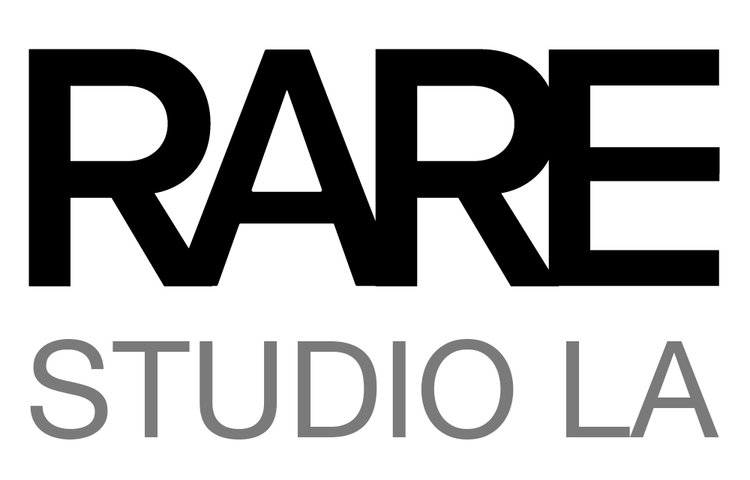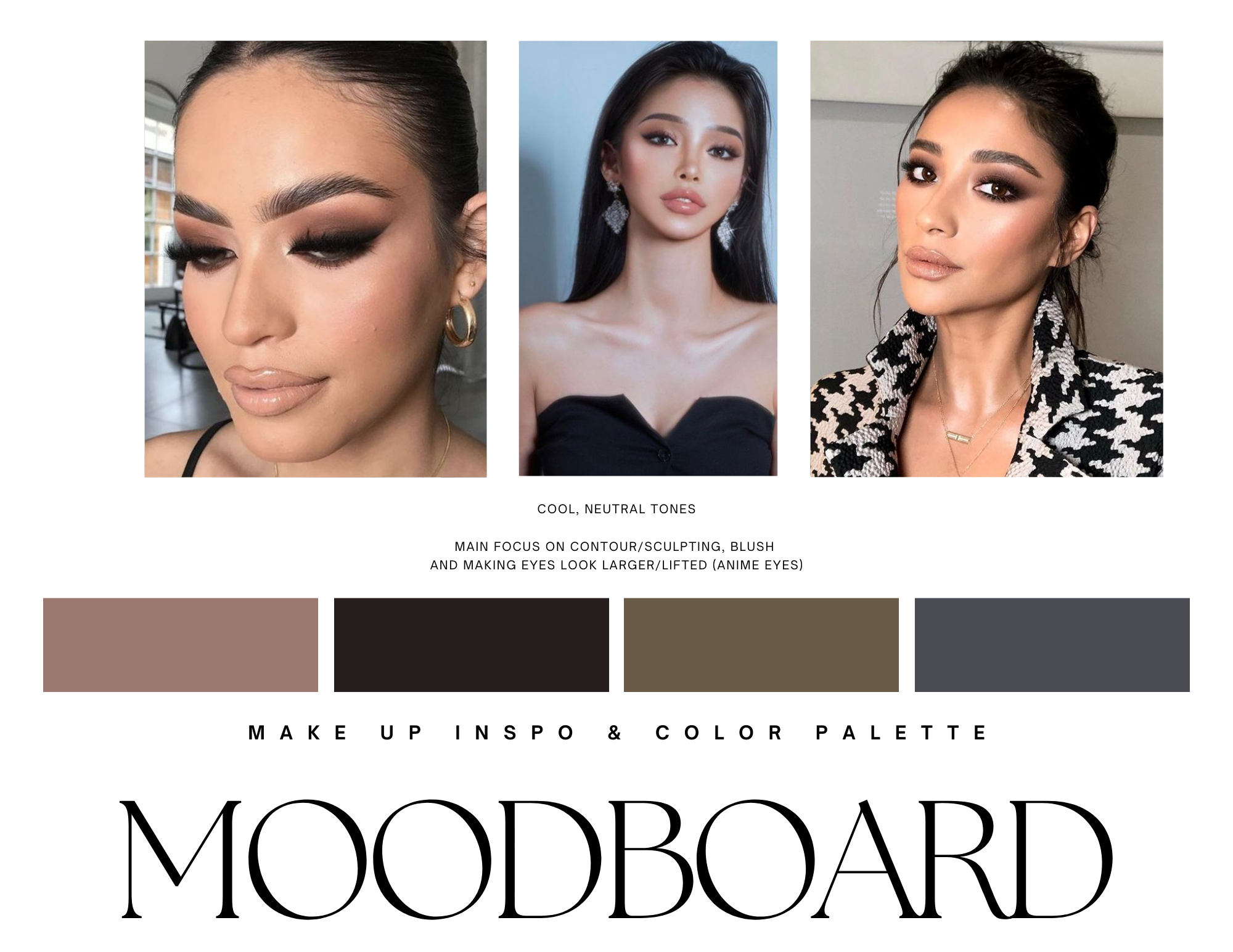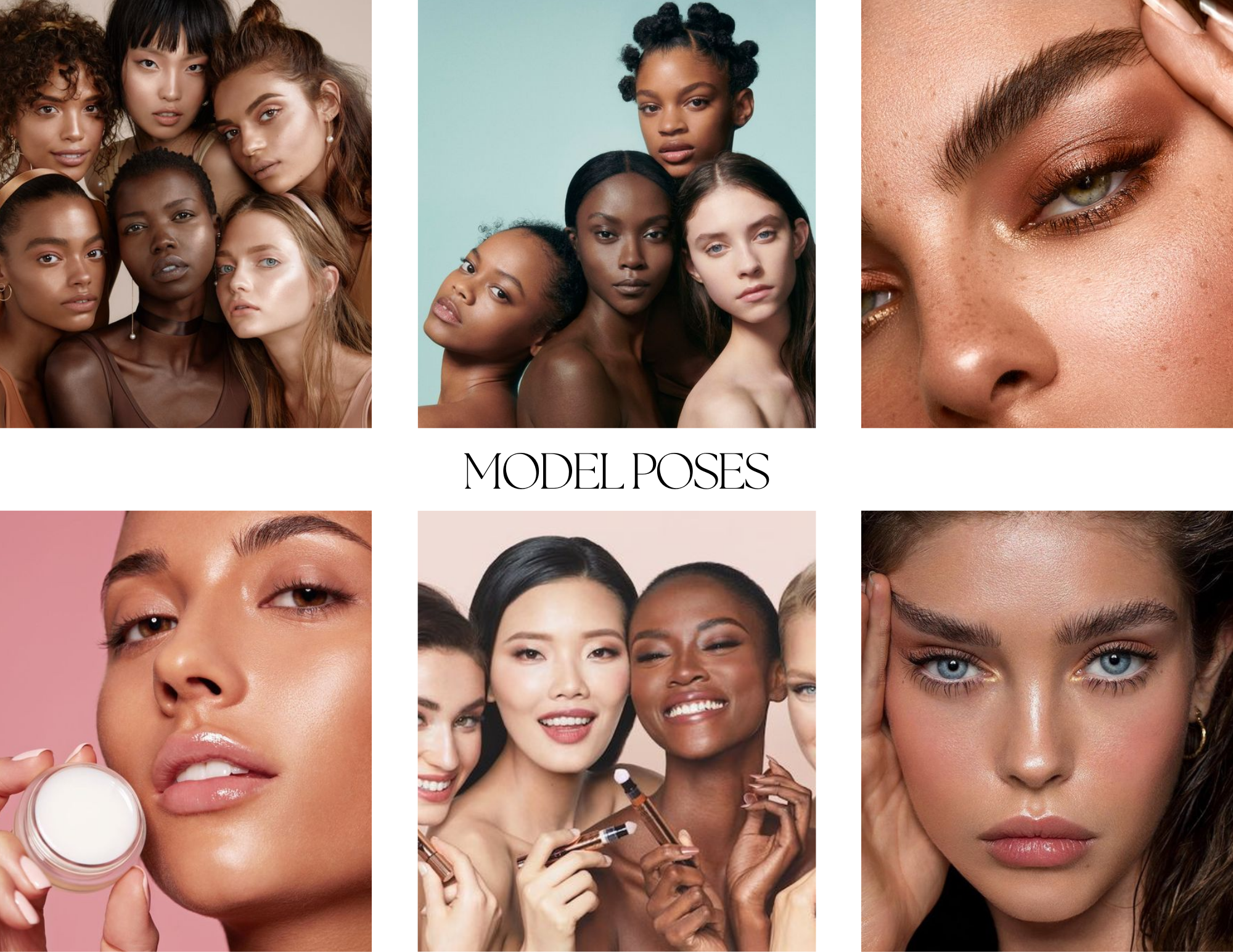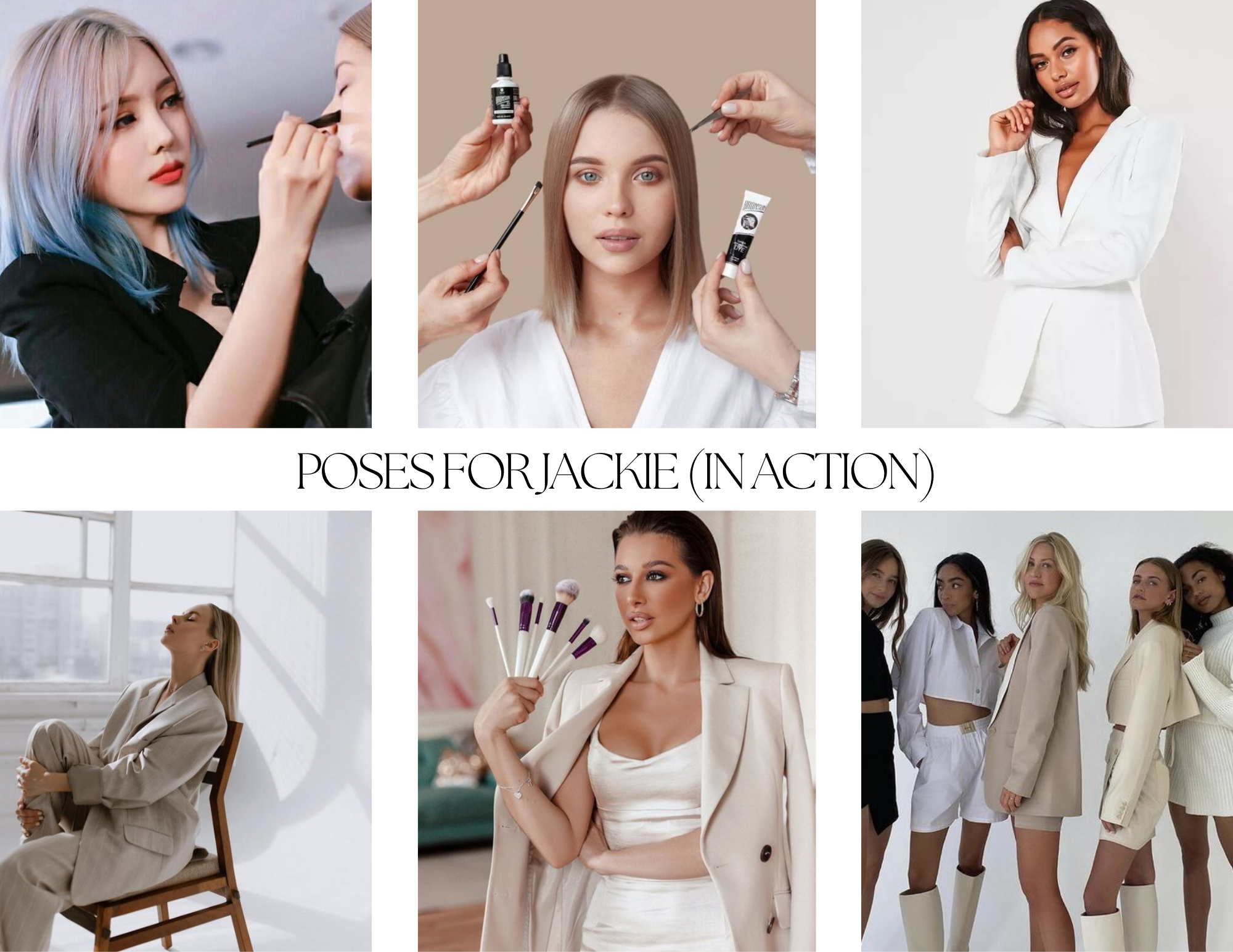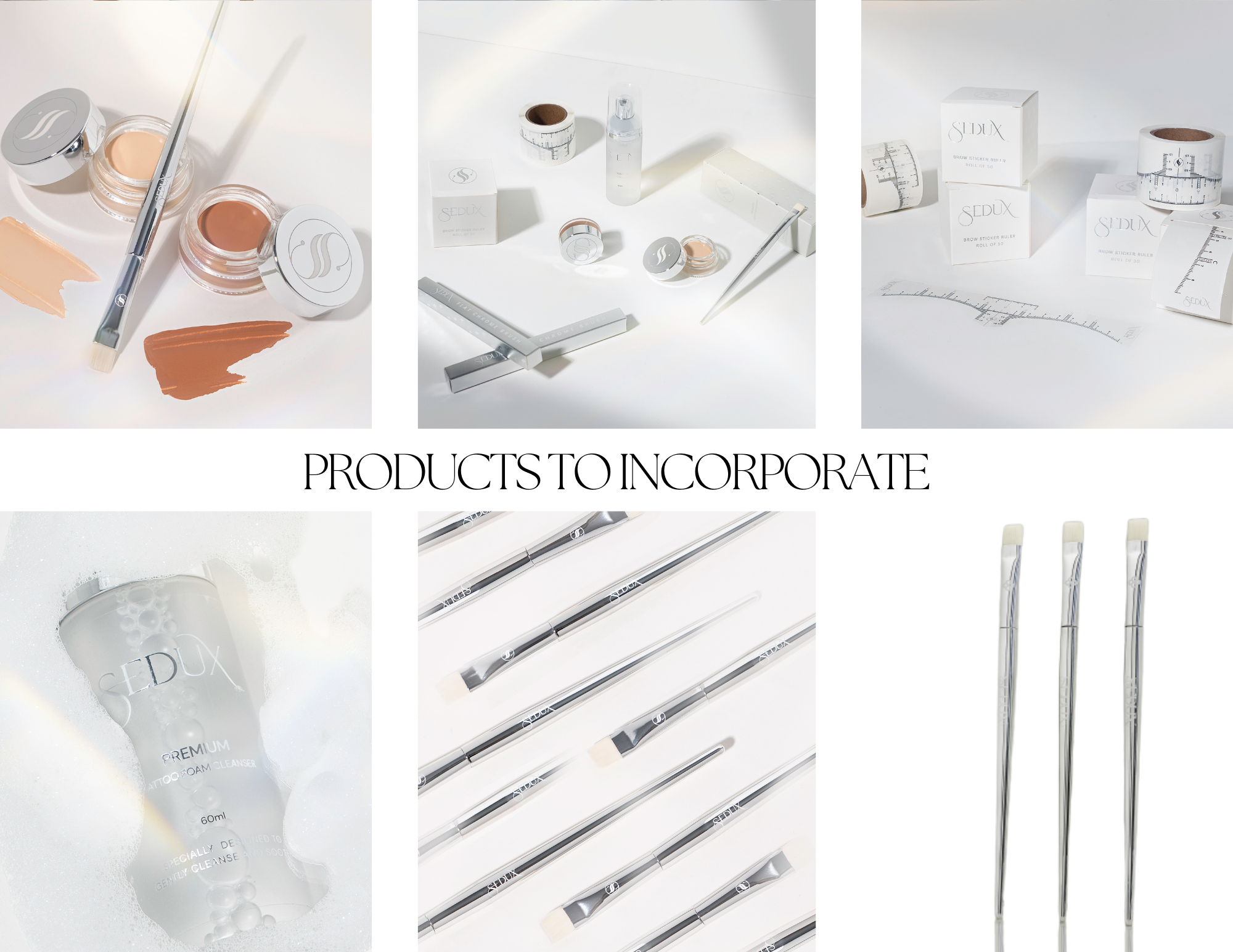In e-commerce, strong visuals can make or break a sale. Shoppers can’t touch or test your product before buying—they rely entirely on the photos.
Still, many business owners and marketing teams assume professional photography requires a huge budget. In reality, great images come from smart planning, not overspending. With the right preparation, you can get polished, high-performing product photos without stretching your finances.
Great visuals start with a clear moodboard. ©Rare Studio LA
1. “Affordable” Isn’t the Same as “Cheap”
Lowering costs doesn’t have to mean lowering quality. The real waste often happens when a shoot isn’t planned well—reshoots, uneven lighting, or mismatched color tones that make the catalog look inconsistent.
When your visuals feel cohesive, customers see your brand as reliable and professional. That perception directly affects whether they choose to buy from you. Spending strategically on fewer, well-executed images will always outperform a large set that feels rushed or inconsistent.
2. Start With a Clear Shot List
Before booking a studio or photographer, outline exactly what you need. List each product, the types of shots required (main, detail, group, lifestyle), and where those photos will be used—your website, ads, or marketplaces.
A defined shot list saves time on set and prevents last-minute confusion. It also helps you get accurate quotes and avoid unexpected costs later.
Label each image as “must-have” or “nice-to-have” so you know what can be scaled back if needed.
Consistent posing and lighting unify your brand’s visual story. ©Rare Studio LA
3. Define the Look Before the Shoot
A clear creative direction keeps your project efficient. Gather a few reference images that capture your preferred tone, lighting, and composition. Even a small collection of visuals communicates your expectations better than a long written description.
It’s ok to use terms like “clean” or “modern.” But, when you show specific examples so the photographer can align with your vision better. The clearer the direction, the fewer revisions you’ll need afterward.
4. Batch Products by Type
Setup time is what usually drives up costs. Group similar products—by size, color, or material—so the lighting and background can stay consistent.
Batching allows the team to move faster and maintain visual uniformity across your catalog. A day’s worth of shooting can often cover more products simply by keeping the setup efficient.
Confidence and connection show through every pose. ©Rare Studio LA
5. Focus on the Images That Matter Most
You don’t need dozens of angles for every product. Focus on the photos that have the most impact on sales.
Start with a strong hero image that captures your product clearly and attractively. Then add clean white-background shots for listings or catalogs. Lifestyle or editorial photos can come later as your budget allows.
A smaller set of thoughtful, high-quality images will do far more for your brand than a large batch of filler content.
6. Standardize the Editing Process
Consistent post-production is what ties everything together. Even well-shot photos can look off if the editing isn’t standardized.
Set expectations for exposure, white balance, color tone, and file naming before shooting. That ensures your final images feel cohesive across all platforms. If editing isn’t done in-house, make sure your studio or retoucher understands these standards before delivery.
Minimal, elegant, and brand-aligned. ©Rare Studio LA
Feeling overwhelmed? We can help!
Rare Studio LA offers free consultation sessions to walk you through the process—from planning and pricing to production and delivery.
Schedule a quick call or send us a message to get started.
Explore more at rarestudiola.com or find us on Google.
